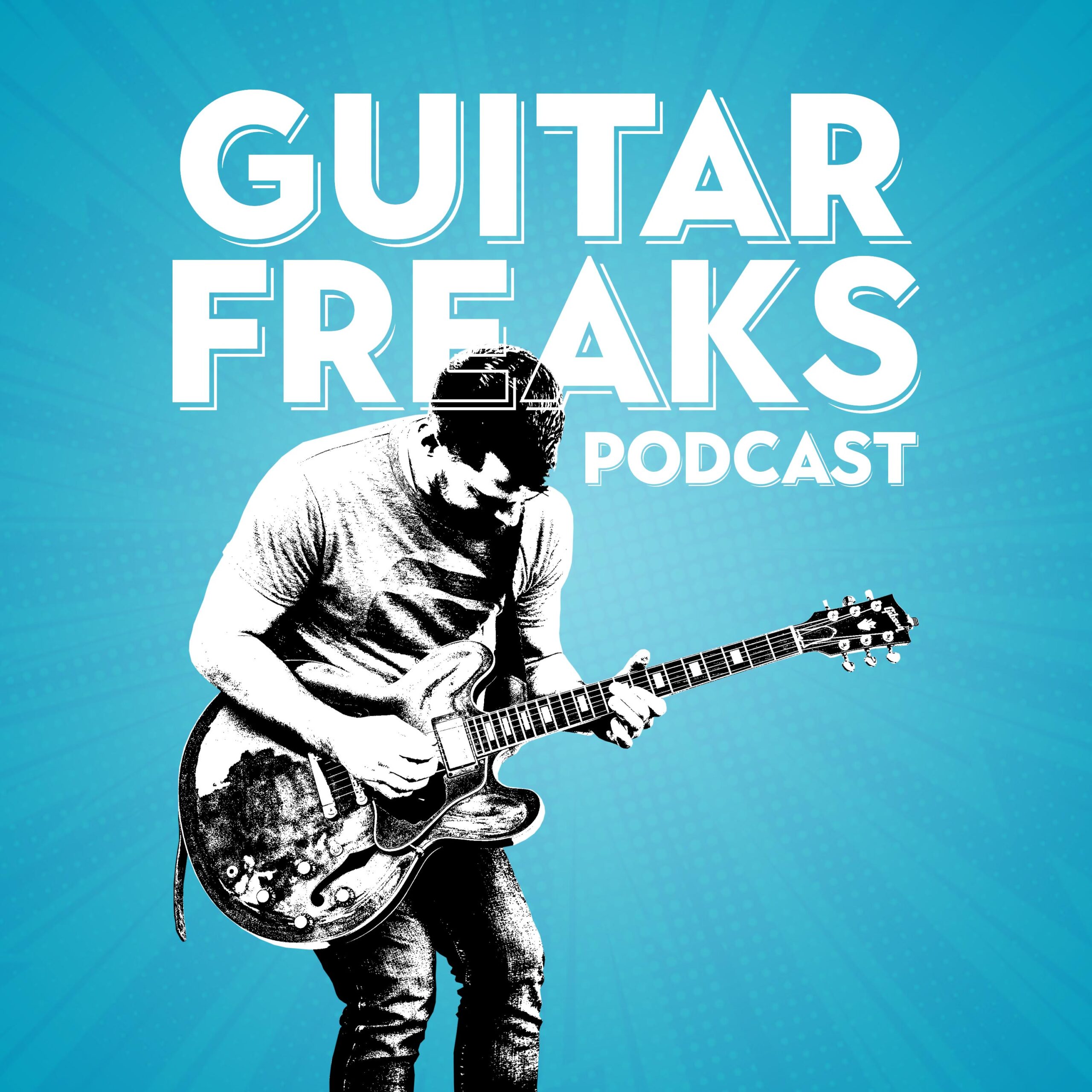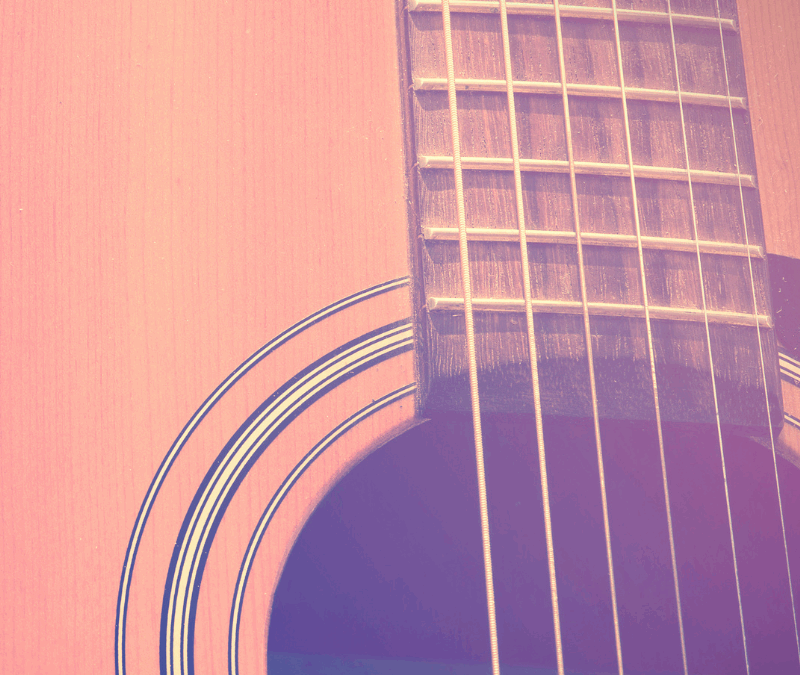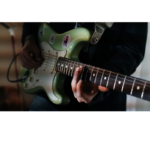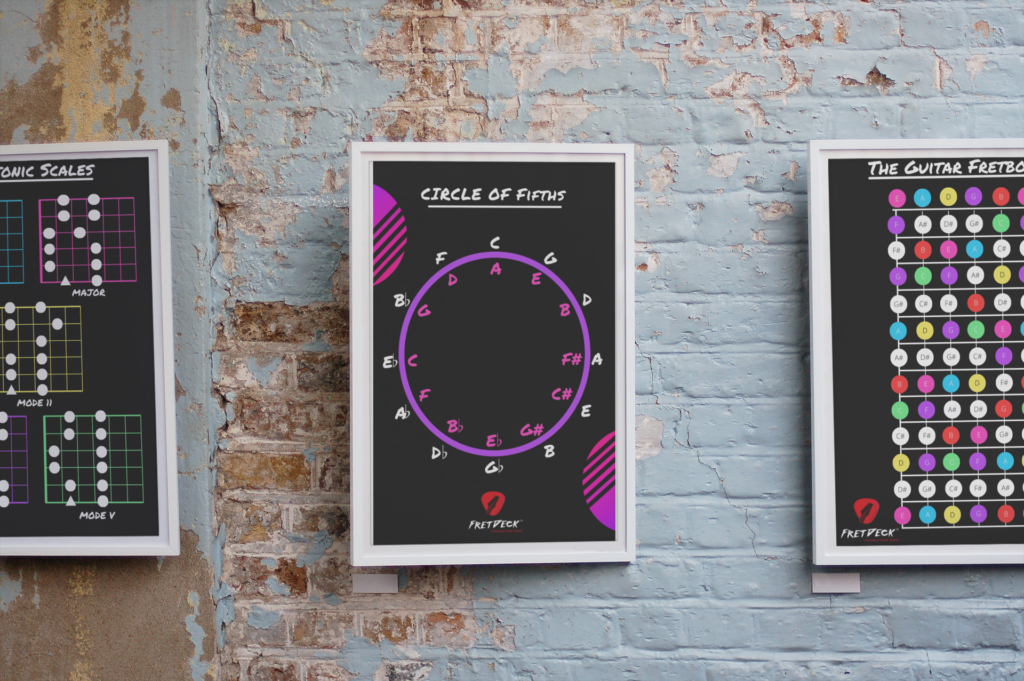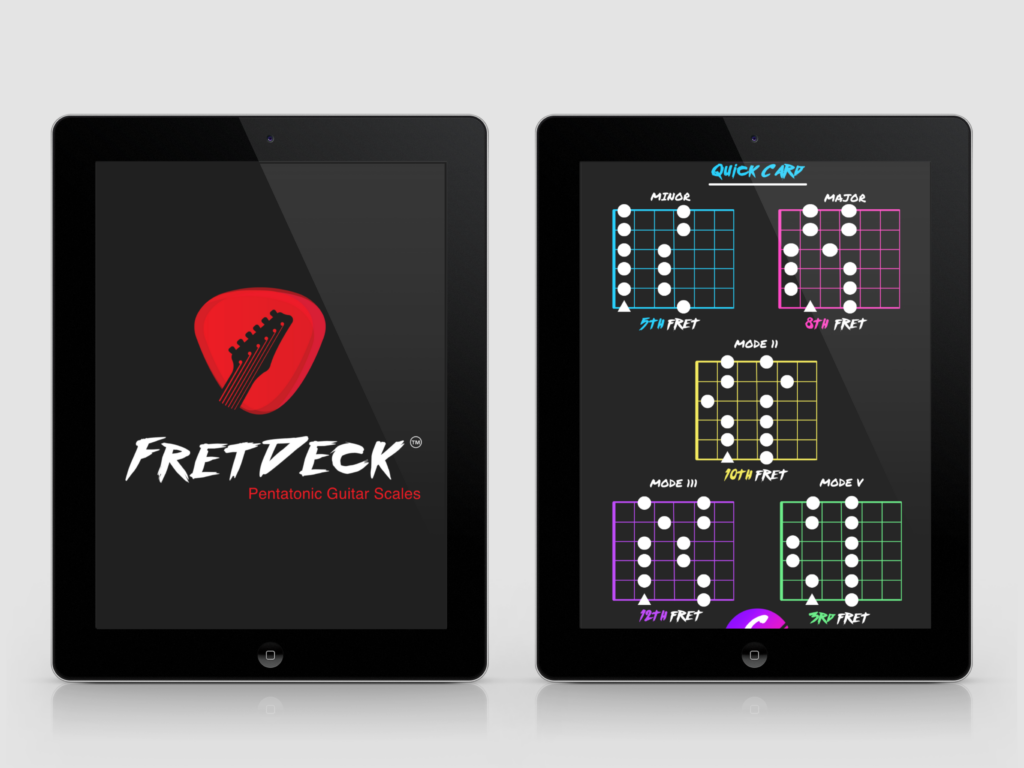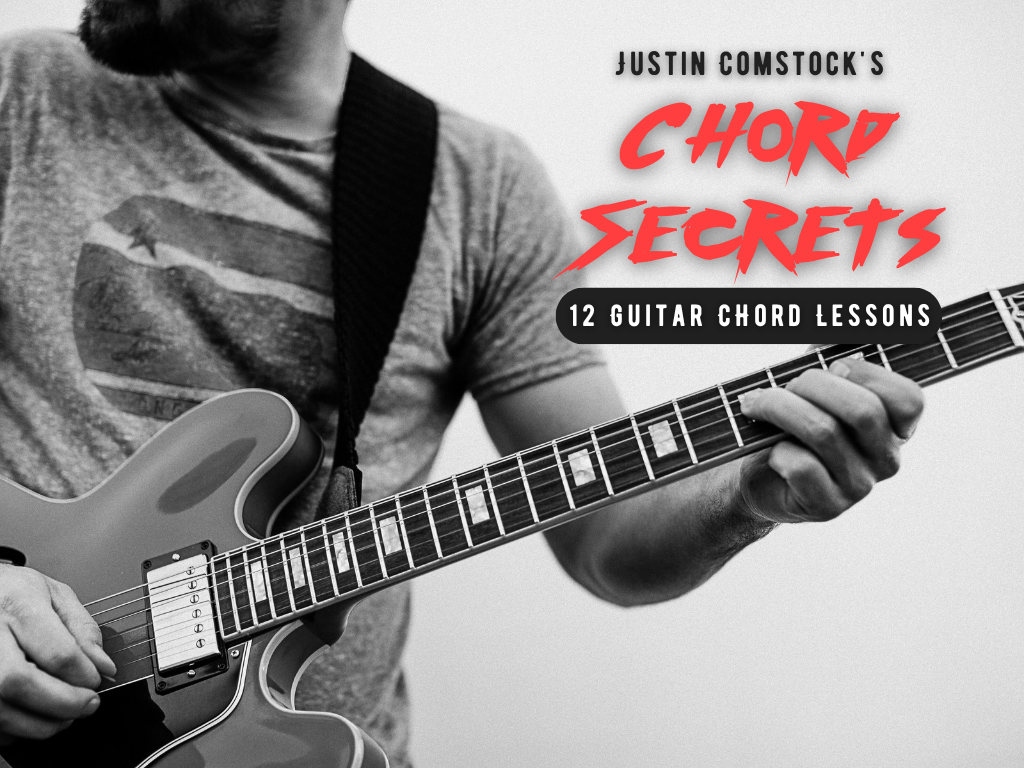If you’ve ever wondered why some guitar players seem to effortlessly glide across the neck—while others sound trapped in a loop of the same four licks—it often comes down to this:
They’ve internalized the maps.
Not just scales… but the architecture behind the fretboard.
They know how to see it.
They know how to navigate it.
And most importantly, they know how to speak through it.
In this post, I’m going to walk you through guitar scales with tabs—but not in the typical “memorize this and move on” fashion. We’re going to unpack the why behind the shapes, the how behind the movements, and the feeling behind the notes.
Whether you’re a beginner trying to play your first solo or an intermediate player looking to expand your phrasing, this post will give you a real working vocabulary of scales. And if you’re ready to master the fretboard, I’ll also show you how I created FretDeck to make this process intuitive.
Let’s begin.
🎯 Why You Need More Than Just Scales
A lot of players treat scales like a checklist:
- Major scale? ✅
- Pentatonic scale? ✅
- Minor scale? ✅
But it’s not just about learning scales—it’s about learning to use them like a language.
Would you learn 100 new words in French and expect to speak fluently? No. You’d learn phrases, grammar, cadence. That’s what we’re going to do here—with guitar scales and tabs as your visual dictionary.

❌ Stop Guessing. Start Shredding.
If you’re still fumbling through scale patterns and box shapes… it’s costing you progress.
FretDeck™ is the no-fluff system that shows you exactly how to master the fretboard—fast. Early access.
⚡️ This isn’t for dabblers. It’s for players who want results.
👉 Click here to join the pre-launch now
Early access. Limited rewards. Don’t wait.
🔑 The Five Must-Know Guitar Scales (with Tabs)
Below are five essential guitar scales every player should know—complete with tabs and usage notes. Each scale will include:
- Tab
- Musical context
- Application ideas
1. Minor Pentatonic Scale (Box 1 in A)
The ultimate go-to for blues, rock, and soul. Think B.B. King, Jimi Hendrix, and Slash.
Tab:
e|----------------5--8--|
B|------------5--8------|
G|--------5--7----------|
D|----5--7--------------|
A|5--7------------------|
E|5--8------------------|
Use It When:
You’re soloing over an A minor or A7 chord. It’s the bread-and-butter of expressive, vocal phrasing.
Pro Tip: Try bending the 7th fret on the G string up a full step. That note (G → A) screams blues.
2. Major Scale (C Ionian – Open Position)
This is the alphabet of western music. Everything is built from this foundation.
Tab:
e|------------------------0--1--3--|
B|------------------1--3----------|
G|------------0--2----------------|
D|------0--2----------------------|
A|--0--2--3------------------------|
E|--------------------------------|
Use It When:
Composing melodies, playing over pop chord progressions, or building harmonized solos.
Creative Prompt: Write a melody using just the C major scale—then reharmonize it over A minor, G major, and F major. Hear how context changes everything.
3. Dorian Mode (D Dorian – 5th position)
Used in funk, jam band grooves, and modal jazz. Carlos Santana lives here.
Tab:
e|------------------------5--7--8--|
B|------------------5--6----------|
G|------------4--5----------------|
D|------5--7----------------------|
A|--5--7--------------------------|
E|-------------------------------|
Use It When:
Playing over a D minor or Dm7 groove—especially when the harmony lingers. Think: “Oye Como Va.”
FretDeck Tip: Dorian is just the minor scale with a raised 6th. Try alternating between D Aeolian and D Dorian to feel the mood shift.
4. Blues Scale (E Position)
This scale doesn’t play by the rules—and that’s why it works.
Tab:
e|------------------------3--5--|
B|------------------3--5--------|
G|------------2--3--4-----------|
D|------2--5--------------------|
A|--2--5------------------------|
E|-----------------------------|
Use It When:
You want to sound raw, gritty, and unapologetic. Over E7, A7, or even funky vamps.
Creative Prompt: Try using the blues scale as rhythm. Not soloing—just groove-based riffs with rests.
5. Major Pentatonic Scale (G Position)
This scale is sweet, smooth, and timeless.
Tab:
e|--------------------2--5--|
B|----------------3--5------|
G|-----------2--4----------|
D|-----2--5----------------|
A|--2--5-------------------|
E|-------------------------|
Use It When:
You’re playing country, R&B, gospel, or soul. This is where feeling lives.
Pro Move: Use slides and double stops between 2–5 on the A and D strings for soulful phrasing.
🧭 How to Practice These Guitar Scales (Without Getting Bored)
Let’s be honest. Practicing scales can feel… robotic.
Here are three creative prompts to bring them to life:
1. Micro-Melody Builder
Take 3 notes from the scale and create a musical idea. Then move that idea across strings or positions.
🎯 Example:
In the A minor pentatonic scale: Try E–G–A (5th fret on B, 5th fret on E, 8th fret on E) as your “motif.”
2. Rhythmic Variation
Play the same scale—but vary the rhythm on every pass.
🎯 Try:
- Triplets up
- Straight eighths down
- Dotted patterns in between
3. Call and Response
Play a scale fragment, then answer it with another.
🎯 Think like a conversation:
Call: A–C–D (A minor pentatonic)
Response: G–A–C
This is how phrasing is born.
🧩 How FretDeck Makes This 10x Easier
One of the biggest problems guitar players face is this:
“I know a few scales… but I don’t know where they connect.”
That’s exactly why I created FretDeck—a physical, beautifully-designed deck of flashcards that teaches all 60 pentatonic scale shapes (major, minor, and their modal variations) across the entire neck.
Each card shows:
- The shape
- The key
- The mode (yes, you can play modes with pentatonics!)
- And highlighted root notes to keep you grounded
Why it works:
🧠 Visual memory → You start seeing the fretboard instead of guessing.
🧩 Modular learning → Focus on one card at a time and slowly build the entire map.
🎸 Hands-on training → Bring it to your next jam session, flip a card, and solo in that key/position.
“FretDeck helped me finally connect all five pentatonic patterns in every key. Now I don’t get lost when I solo.” – Jack, FretDeck user
Want to master your scales faster? Grab your FretDeck here.

❌ Stop Guessing. Start Shredding.
If you’re still fumbling through scale patterns and box shapes… it’s costing you progress.
FretDeck™ is the no-fluff system that shows you exactly how to master the fretboard—fast. Early access.
⚡️ This isn’t for dabblers. It’s for players who want results.
👉 Click here to join the pre-launch now
Early access. Limited rewards. Don’t wait.
🎙️ Jam, Learn, and Grow With Us on Discord
Playing guitar shouldn’t be lonely.
If you want to:
- Get feedback on your solos
- Join monthly challenges
- Ask questions about guitar phrasing or scales
- Or just hang out with other passionate players…
You’re invited to join our free Discord community: Guitar Freaks Hangout 🎸
👉 Join the community now
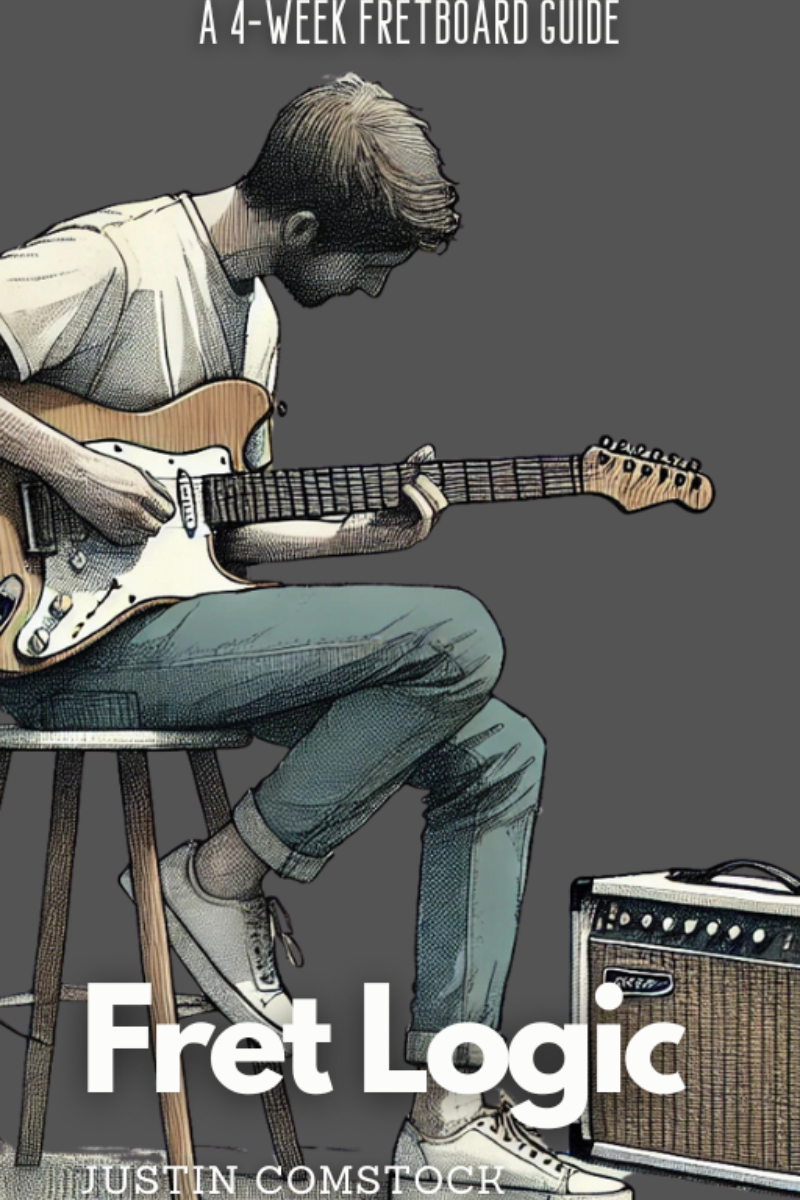
Join Guitar Freaks Hangout on Discord! 🎸
Get Fret Logic FREE!
Join the Guitar Freaks Hangout Discord and get exclusive access to my entire e-book, Fret Logic! Master the fretboard and elevate your solos with this comprehensive guide.
👉 Don’t miss out—join now and download your free copy!
🧠 Final Thoughts: Scales Are Maps—But You’re the Explorer
Learning guitar scales with tabs is the beginning—not the end.
The real journey is learning how to make them yours. To turn finger patterns into phrases. To turn knowledge into expression.
Don’t just memorize. Explore.
If you want a guide along the way:
- Use this post as your starter map
- Use FretDeck as your daily training tool
- Use Discord as your campfire to swap ideas
The scales are there. The road is open. The guitar is waiting.
See you on the neck.
✅ Summary: Your Guitar Scale Toolkit
| Scale Type | Best Use | Tab Location |
|---|---|---|
| A Minor Pentatonic | Blues, rock | 5th fret |
| C Major Scale | Pop, melody writing | Open position |
| D Dorian Mode | Funk, modal jamming | 5th position |
| E Blues Scale | Raw, expressive solos | 2nd–5th fret |
| G Major Pentatonic | Soul, country | 2nd–5th fret |
➕Try This Link
Want to go beyond basic scales? Learn how modes unlock the fretboard with our in-depth guide on guitar modes and scales—the secret language every guitarist should know.
🔗 Outbound Link
Need even more scale references? Check out the Top 100 Tabs for additional diagrams and key variations.
Written by Justin Comstock – Creator of FretDeck and host of the Guitar Freaks Podcast
Want more lessons like this? Subscribe at GuitarFreaksBlog.com
